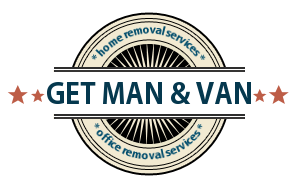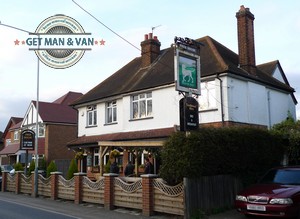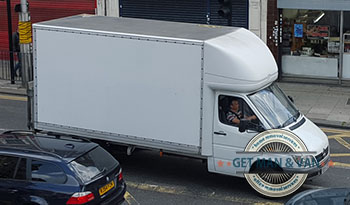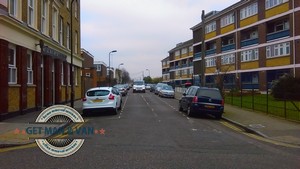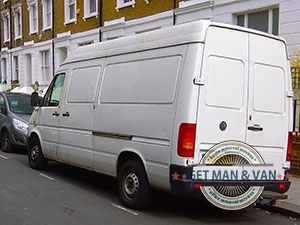There are no two property removals alike, and not all man and van companies are created equal – these are the facts. In the UK, if a property removal is bigger than five hundred cubic feet (which is approximately the contents of an average one bedroom flat), the man and van company dealing with the project will need to have what’s known as an Operator’s License.
Basically an operator’s license designates two main types of property removal services and respectively two types of removal vehicles fit for the job. Here is how the system works:
 If a property removal exceeds five hundred cubic feet (the one bedroom flat example from above) the man and van company will need an operator’s license. The operator’s license allows the company to own, maintain and use removal vehicles with a total weight of over three and a half tonnes i.e. a Luton van for example. If the removal project is of substantial proportions, using a company which doesn’t hold an operator’s license will make the job inefficient as smaller sized vans will have to shuttle back and forth between the two locations.
If a property removal exceeds five hundred cubic feet (the one bedroom flat example from above) the man and van company will need an operator’s license. The operator’s license allows the company to own, maintain and use removal vehicles with a total weight of over three and a half tonnes i.e. a Luton van for example. If the removal project is of substantial proportions, using a company which doesn’t hold an operator’s license will make the job inefficient as smaller sized vans will have to shuttle back and forth between the two locations.
There are three different types or classes of Operator’s Licenses available to man and van service providers, they are regulated by EU directives and applicable to all companies in the UK.
Standard National Operator’s License – this class license allows the man and van people to transport your items to and from any (unrestricted) location countywide using the appropriate type of removal vehicle, which in this case is the familiar three and half tonne Luton van (box van).
Standard International Operator’s License – as its name suggests, the holder of this license class is allowed to transport your items through country borders (including over international waters and international airspace) using intermodal transportation wherever required.
Restricted Operator’s License – a restricted license is basically a ban over the removal company as it prohibits transportation altogether. Why it’s still called a license is indeed an administrative mystery.
Since each of these license types (may be not the restricted one) allow man and van companies to perform and deal with different (and additional) operations concerning property removals, it is best to consult with the movers and inform them of the specifics of your relocation request. This way you will know whether or not the company in question is the one you need for the job.
In order for a man and van removal company to obtain a valid Operator’s License they need to apply with their respective Traffic Commissioner. A traffic commissioner is the person responsible for the administration of a given traffic area within the country. England is divided in a number of traffic areas, managed by their own traffic commissioner. It is the commissioner who reviews application paperwork and issues operator’s licenses for the traffic area they control. The traffic commissioner also regulates the operation of goods and vehicles. In order to apply and obtain a valid operator’s license, man and van companies also need to hold a CPC – Certificate of Professional Competence. The CPC is granted after successfully completing a course.
About the Author:
Prev: « The story of a great Chelsea resident: J.R.R TolkienNext: How to prepare in advance for a relocation »
